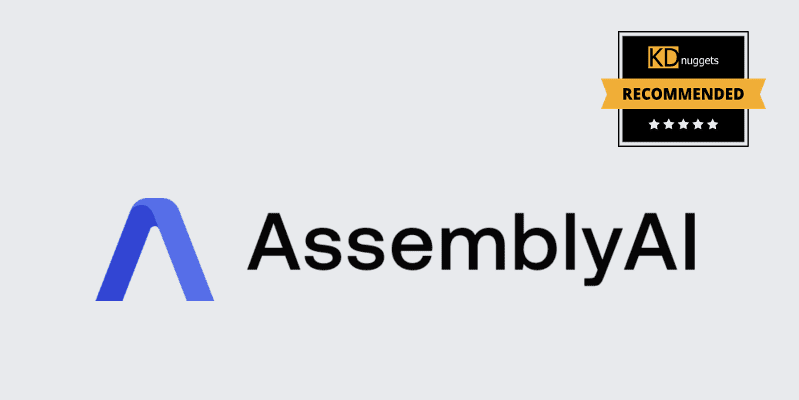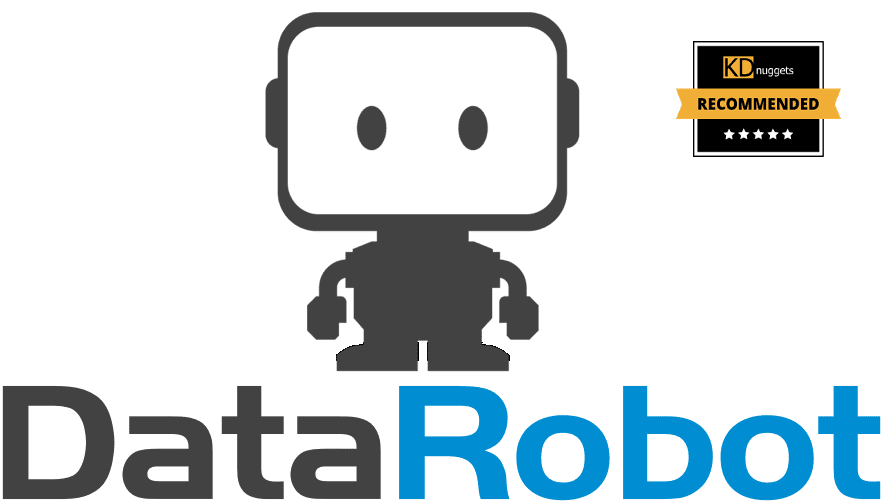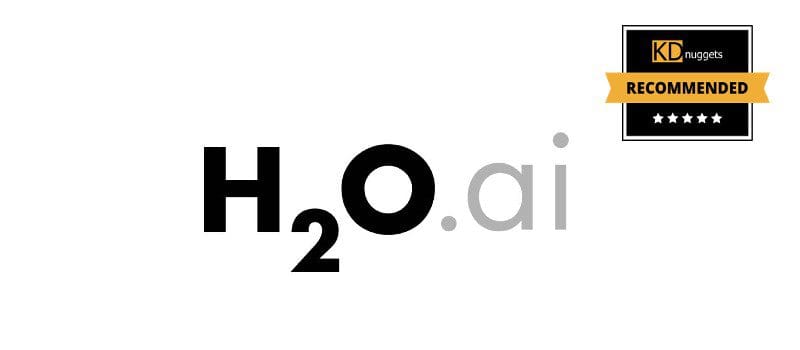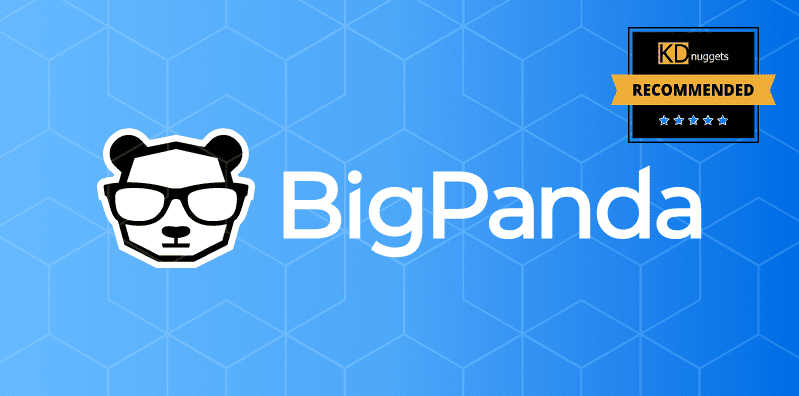The 5 Best AI Tools For Maximizing Productivity
KDnuggets reviews a diverse set of 5 AI tools to help maximize your productivity. Have a look and see what our recommendations include.
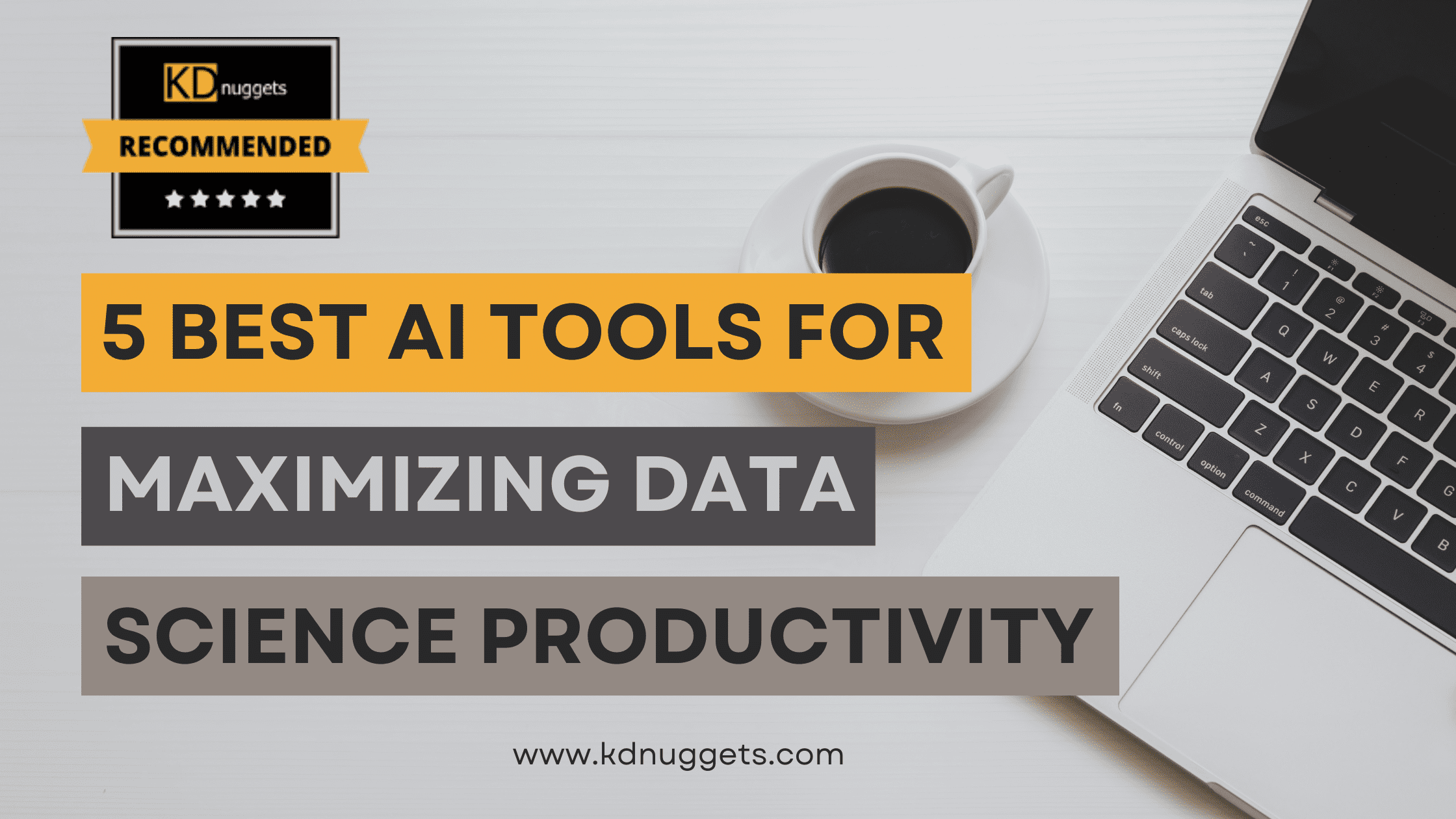
Efficiency and productivity are essential when it comes to data science and processing the massive datasets involved. As these datasets rapidly balloon in size and complexity, the tools we use to manage and analyze them must not only keep pace—but also propel us forward; none more so than AI.
While most apps and tools primarily focus on aspects like data analysis, transcription, and IT operations, the AI landscape has touched our everyday workflows, too. You can now merge PDF files, rearrange spreadsheets and do just about any mundane task in a matter of seconds. So, when you consider the following tools, think broader than just data science.
In this article, we look at the following 5 varied AI tools for maximizing the productivity of data scientists:
- Assembly AI
- DataRobot
- H2O.ai
- Hugging Face
- BigPanda
Let's get right to it and have a look.
Assembly.ai is hailed as one of the leading solutions in transcription and speech recognition, focusing on delivering highly accurate transcriptions even in noisy environments. Their API provides developers with a customizable and flexible framework, ensuring seamless integration with different platforms and tools.
What makes Assembly.ai stand out is its commitment to scalability, ensuring that organizations of all sizes can benefit from its functionalities. It boasts a hybrid system that combines deep learning capabilities with traditional speech recognition techniques, making it suitable for both real-time and batch-processing tasks.
Beyond transcription, their suite offers a range of audio processing tools, including keyword spotting and speaker diarization. As companies increasingly rely on voice data for insights and analytics, Assembly.ai's role becomes even more pivotal. Their commitment to continuous development promises enhancements in both speed and precision.
- Transcription and Speech Recognition
- Customizable API solutions
- Accuracy and scalability
- Exceptional accuracy even in challenging audio conditions
- Flexible and robust API for developers
- Scalable for both small and large enterprises
- Requires integration work
- Might be overkill for simple transcription tasks
DataRobot has risen to prominence by pioneering today's automated machine learning, or AutoML, space.
Its platform allows data professionals to swiftly build, tune, and deploy predictive models without the intricate details associated with manual modeling. Users can get recommendations on the best models to use by simply uploading a dataset, with the platform automatically handling feature engineering and hyperparameter tuning.
Its cloud-native architecture helps ensure that models can be deployed anywhere you need them with ease. Furthermore, with a focus on collaboration, teams can share insights, models, and findings, amplifying productivity.
Beyond its automation capabilities, DataRobot emphasizes model interpretability. This ensures that the models produced aren't just ‘black boxes and that their workings can be understood and explained. With its user-friendly interface, even those with minimal machine learning experience can harness the power of sophisticated algorithms for their data projects.
- Cloud-based Automated Machine Learning (AutoML) Tool
- Model interpretability and deployment
- User-friendly interface
- Simplifies the machine learning process
- Robust model interpretability features
- Suitable for both novices and experts
- Can be costly for smaller companies
- Advanced users might seek more customization options
H2O.ai offers a comprehensive, open-source platform catering to various AI and machine learning needs. It supports a broad spectrum of algorithms, from deep learning to generalized linear models. Data scientists can access and experiment with these without requiring licenses or extra excessive costs.
The true strength of H2O.ai lies in its scalability, catering to tasks from small datasets on personal computers to big data analytics on enterprise-level clusters. Its platform integrates seamlessly with popular data platforms like Hadoop and Spark, ensuring a cohesive workflow in any environment.
Moreover, they offer courses and resources to assist users, ensuring even those new to the field can get started swiftly. Their continuous innovation, based on user feedback, ensures that they're consistently addressing the evolving needs of the data science community.
- Open-source AI platform
- Support for a wide range of algorithms
- Scalability and integration capabilities
- Cost-effective due to its open-source nature
- Broad algorithm support
- High scalability and compatibility
- Might have a steeper learning curve for beginners
- Less user-friendly than some competitors
Hugging Face has established itself as the go-to platform for natural language processing (NLP) tasks. Their Transformers library is a repository of state-of-the-art models in NLP, making cutting-edge technology accessible to developers and data scientists alike. From chatbots to sentiment analysis, their tools cover a wide array of applications.
The continuous contributions from an active community ensure that Hugging Face remains at the forefront of advancements in NLP. They also provide ample resources, including various pre-trained models, making it easier for users to bootstrap their NLP-powered projects.
On top of all this, their community-first approach means frequent updates, ensuring users are always equipped with the latest innovations in NLP and LLM technology.
- Leading platform for Natural Language Processing (NLP)
- Expansive model library
- Active community and frequent updates
- Comprehensive resources for NLP tasks
- Strong community support and contributions
- Frequent updates and a growing model library
- Primarily focused on NLP, limiting versatility
- Might be overwhelming for beginners
BigPanda provides a platform that bolsters IT operations using artificial intelligence. It efficiently consolidates IT alerts into high-level incidents, enabling teams to identify and address critical issues faster. By centralizing event management, BigPanda offers a holistic view of the operational landscape, preventing the chaos of scattered notifications.
The platform also provides real-time insights, allowing teams to understand root causes and correlations quickly. With its analytics, teams can prioritize tasks and preemptively address potential issues. BigPanda seamlessly integrates with a plethora of IT systems, making it a central hub for all operational needs.
- AI-driven IT operations
- Centralized event management
- Real-time insights and analytics
- Streamlines IT operations with AI
- Provides centralized event management
- Comprehensive insights and analytics
- Primarily caters to large-scale IT operations
- May require initial setup and integration efforts
The tools we choose to use can ultimately make or break our productivity, especially in the complicated intersection of data science and IT operations.
From the meticulous transcription abilities of Assembly.ai to the IT operational wizardry of BigPanda, advancements in AI tools are shaping the future of how researchers in data science work and manage datasets.
Whether you're diving deep into Natural Language Processing with HuggingFace or seeking to streamline your machine learning processes with DataRobot and H2O.ai, the market for innovative AI-driven solutions is rich with a vast selection of options tailored to various needs.
Choosing the right tool for your data science needs hinges on recognizing your own specific requirements, potential budget constraints, and possible integration capabilities. As AI tools continue to improve, staying informed and adaptable at all times is vital.
Nahla Davies is a software developer and tech writer. Before devoting her work full time to technical writing, she managed—among other intriguing things—to serve as a lead programmer at an Inc. 5,000 experiential branding organization whose clients include Samsung, Time Warner, Netflix, and Sony.

